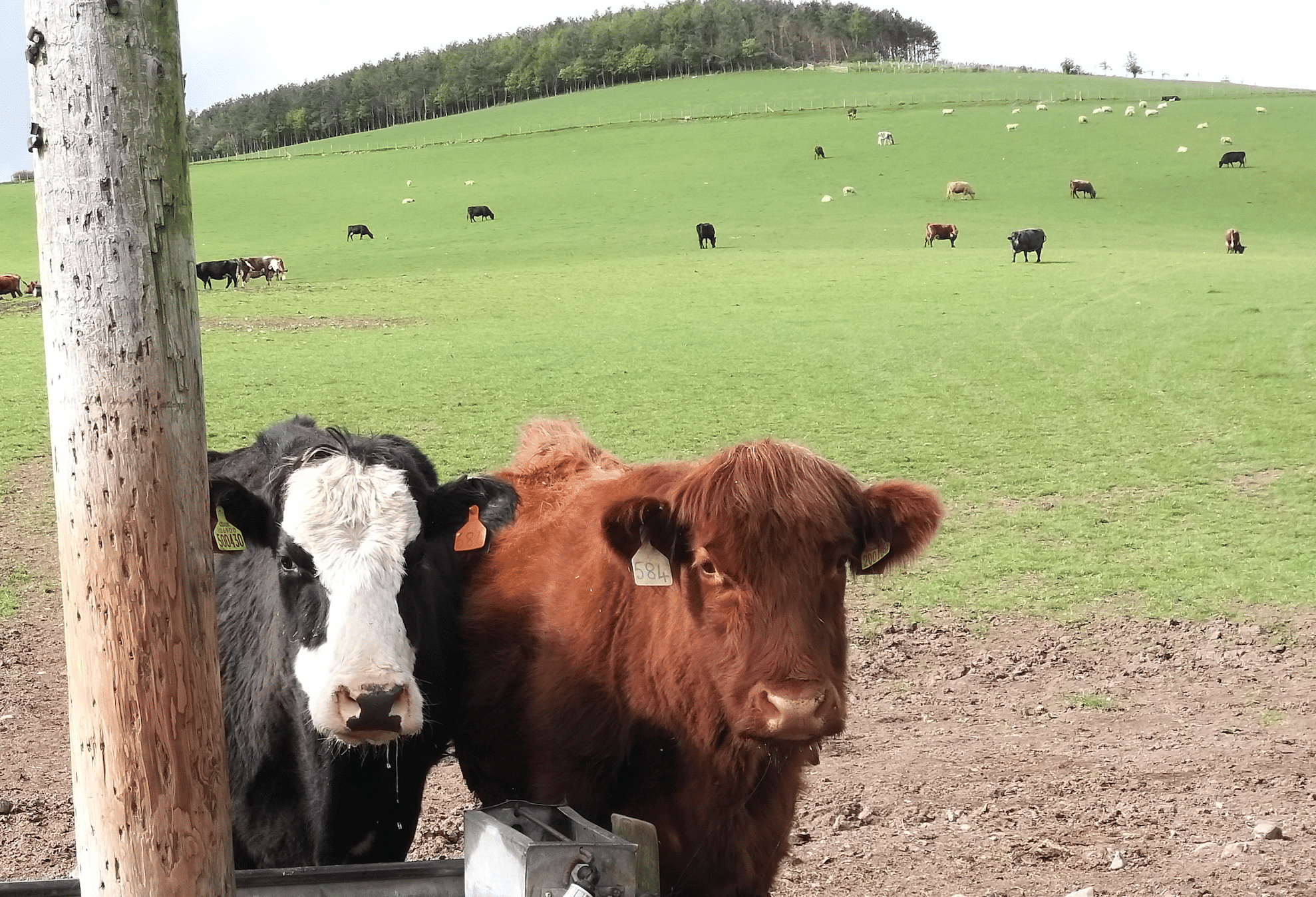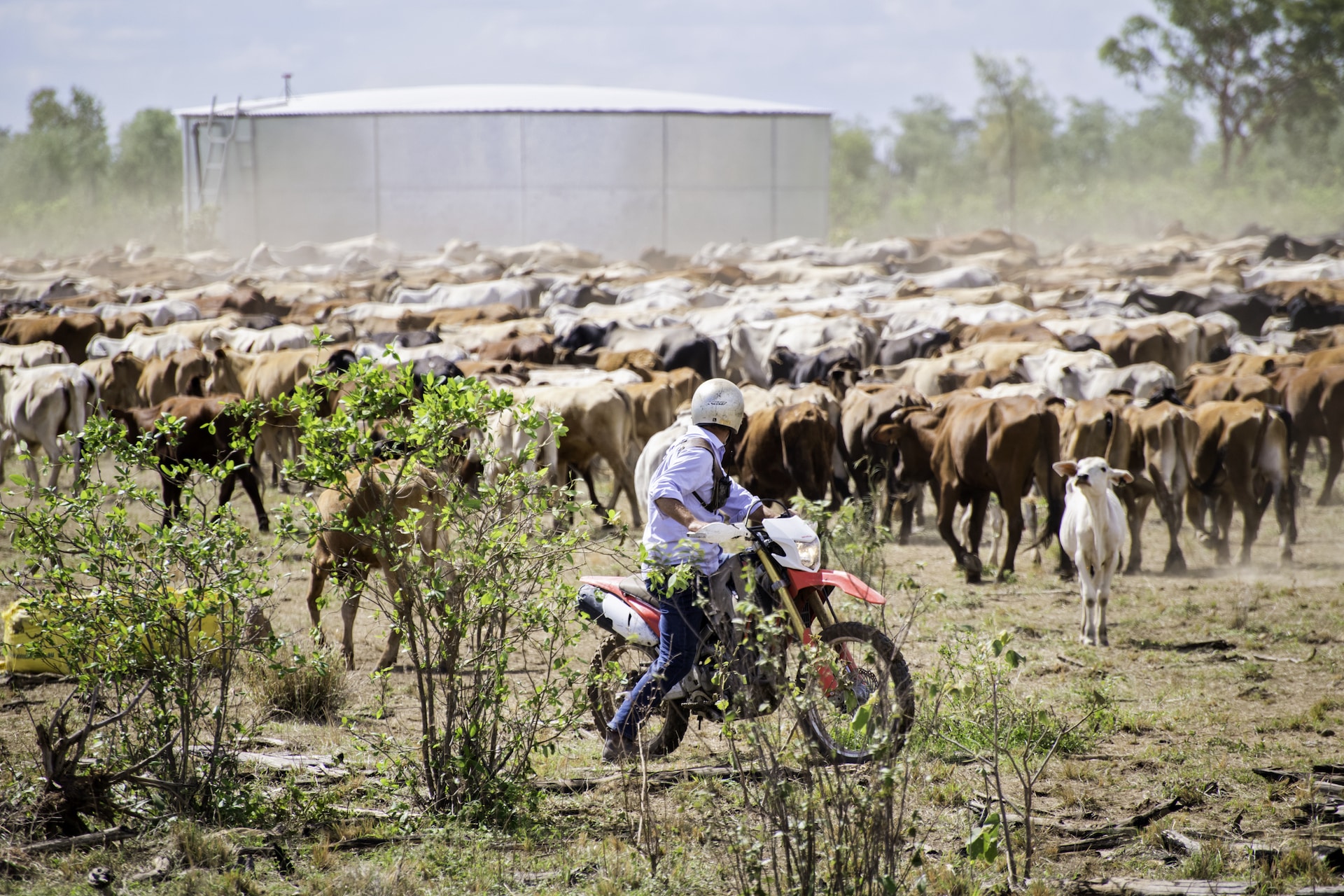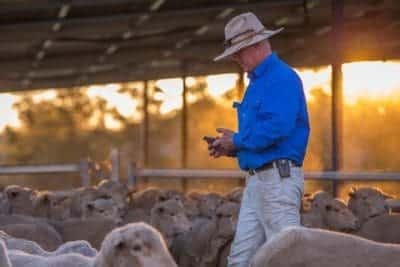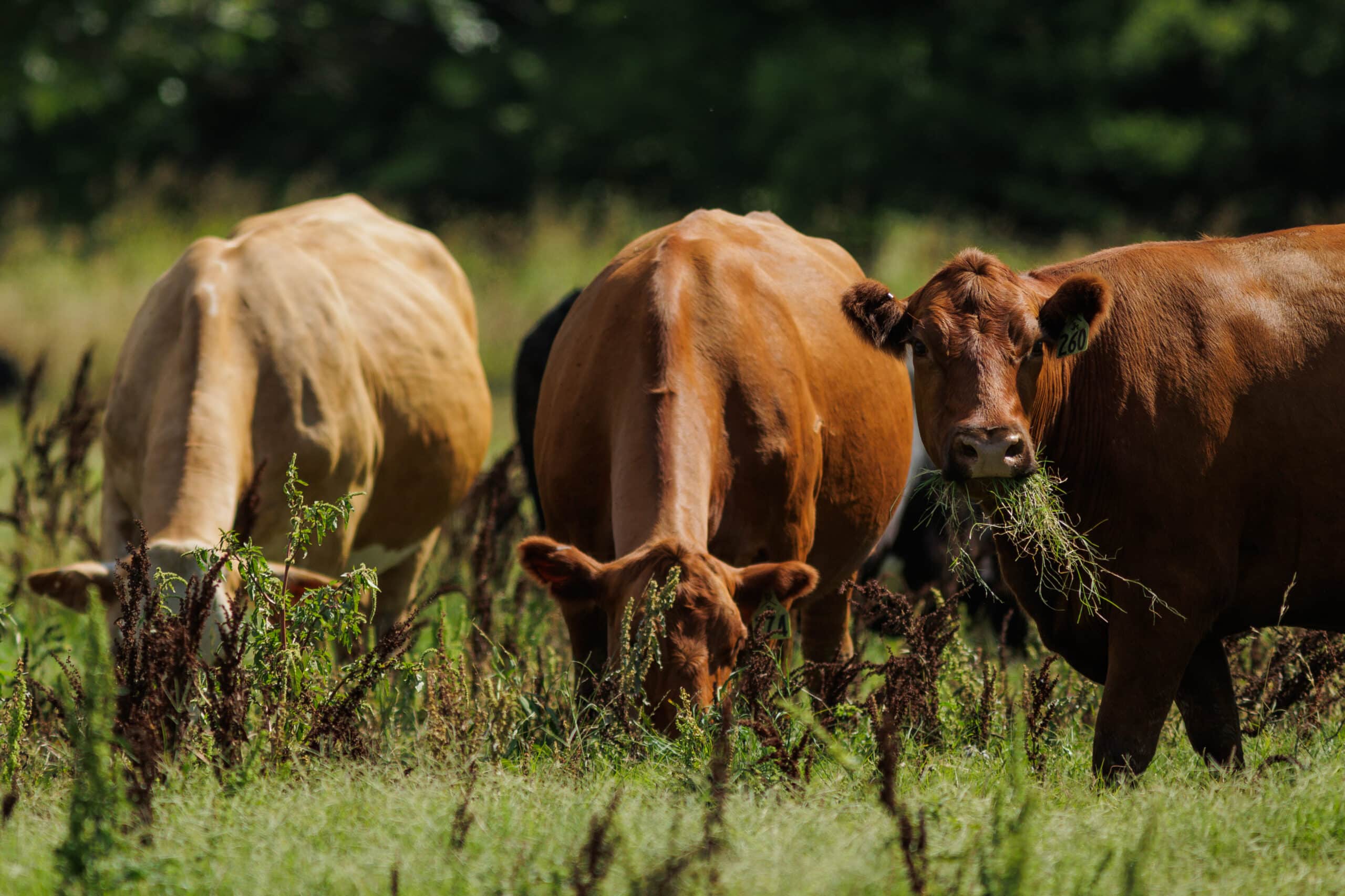Top Tips for Efficient Grazing

When we talk about the future of farming, there is often a focus on farming technology. For all the excitement about smart agriculture or precision livestock farming, one of the most important things for long-term profitability is making the most of your assets. And one of your most important assets is the pastures your livestock graze on. The following tips may help you get more out of your grasses and think about grazing.
Start from the soil
Good pastures start with productive soils. Soil samples should be analysed every three to five years to ensure you can address any nutrient imbalances. This is more manageable if you sample a percentage of your paddocks – say 25% – each year.
It’s essential to review soil pH, as acidic soils are a significant cause of lost production in the UK. Correcting the pH of an acidic soil by applying lime improves nutrient uptake and grass growth. It also benefits soil structure and increases earthworm numbers.
Healthy living soils with good structure and thriving biological activity perform better. Adding organic matter, such as farmyard manure and compost, improves soil structure and drainage, holds moisture and provides nutrients to the soil. Other techniques to improve soil, including considered grazing management and introducing herbal leys, are discussed below.
Turn grass to gains
Growing grass is one challenge. Making the most of it is another. Utilisation of grazed grass – often below 50% – can reach as high as 80% if fields are grazed at the right time, with the right number of stock.
Paddock grazing – an intensive form of rotational grazing – uses smaller fields and frequent stock movements, with the moves based on measured grazing heights or pasture covers. This provides high-quality feed, high forage production, and an extended grazing season.
The pastures can cope with denser stocking rates, while livestock spread manure more evenly and control weeds through grazing. The practice also maintains ground cover and encourages root growth, which is important for protecting the soil.
You may also consider deferred grazing or all-grass wintering for animals in good body condition. In harsh weather, maintenance energy requirements will be higher, so it is not suitable for all breeds or regions.
Introduce herbal leys
The terms “herbal leys” or “multi-species swards” refer to a mix of grasses, legumes, and forage herbs within a sward. A pasture with this mix can provide a more beneficial range of mineral and nutrient-rich fodder than ryegrass alone. Crops with taproots can ease compaction, while fibrous roots add stability. Species that host beneficial fungi increase their presence in the soil, while legumes add nitrogen.
Where shallow-rooted pastures can falter during a large part of the grazing season, this pasture produces very reliable sward for extended early, mid and late-season grazing. This includes species that have shown anthelmintic properties. For example, sainfoin, chicory and birdsfoot trefoil, can reduce worm burdens for better feed conversion.
Knowing grass and clover performance characteristics is a must for grassland producers. The Recommended Grass and Clover List for England and Wales is a valuable guide to varieties that perform well in a particular system.
Reseed if there’s a need
Reseeding improves pasture yield and quality, driving higher farm output and reducing bought-in feed requirements while addressing soil compaction. It improves grass genetics, durability and disease resistance. Meanwhile it reduces weed burden and increases pasture response to fertiliser by introducing more nitrogen-efficient varieties.
You can cut the costs of a full reseed by renewing swards through over-seeding or slot seeding. Over-seeding is useful when you do not want to plough, there are gaps in the sward, more ryegrass is wanted, or clover needs to be introduced.
Measure to manage
Measuring pasture cover is essential in rotational grazing systems to ensure optimal stock movements. One of the simplest ways is with a sward stick, which converts sward height to an estimate of grass available in kilograms of dry matter per hectare (kg DM/ha).
With AgriWebb, you can record forage levels on your mobile while walking your paddocks. AgriWebb will calculate pasture growth rates and grazing days remaining, and you can set targets for minimum forage levels to avoid overgrazing. You can track animal movements across paddocks with a simple drag and drop and AgriWebb automatically calculates real-time grazing insights. Giving you more powerful decision making.
Get in touch to find out how AgriWebb’s livestock business management solution can work for you [link to demo form] or read more in our 2022 State of the Farmer Report.



